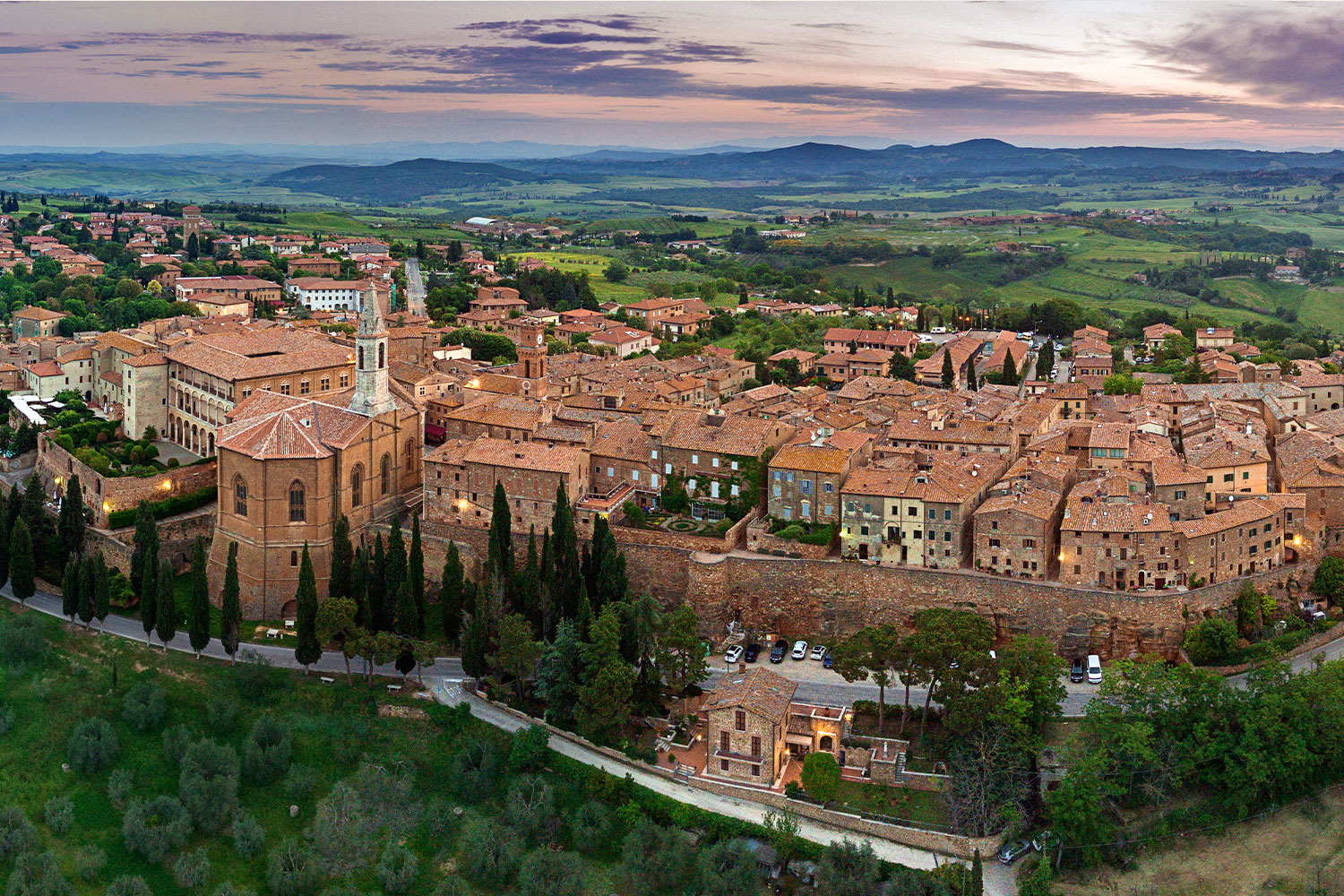
Florence
86 Km from Badia di Pomaio
Route: Highway exit Firenze.
The first traces of the existence of what would later become Firenze date back to the IX century b.C. when the Etruscans inhabited this region.
What to visit: the Church of Santa Maria Novella, close to the station; the Duomo Santa Maria del Fiore, the Brunelleschi Cupola, the Battistero and Giotto’s bell tower. Piazza della Signoria, at the centre of which stands the famous Fountain of Neptune; opposite the fountain, there is Palazzo Vecchio and the Loggia dei Lanzi.
The Uffizi Museum, where some of the most important masterpieces of Italian Art are hosted; Ponte Vecchio; the cathedral of Santa Croce. San Lorenzo Market, the largest and oldest open markets in Firenze. Piazzale Michelangelo, with its magnificent panoramic view of the city; Pitti Palace; Santo Spirito Square; Boboli Gardens.
Food/Wine: Lampredotto, Fiorentina T-Bone steak.








